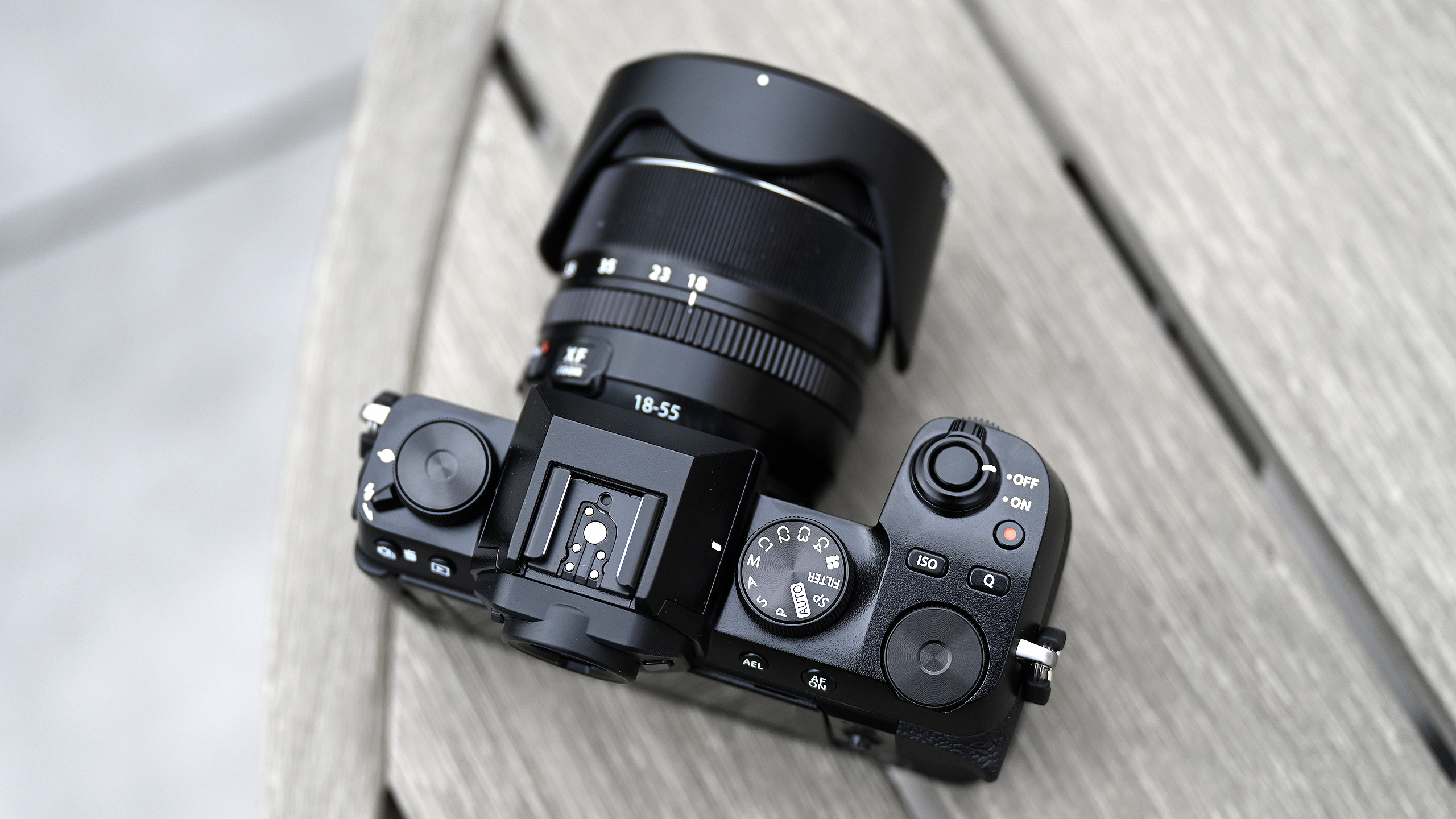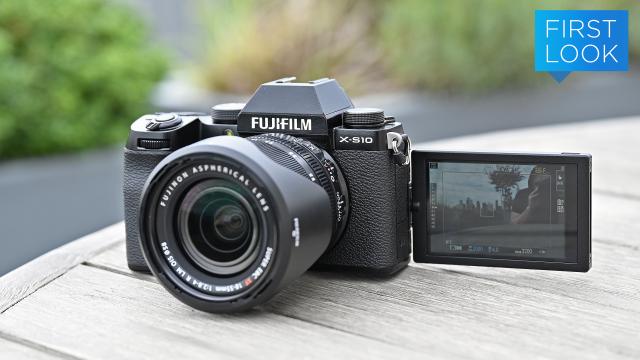Fujifilm’s X-T4 is one of the best Micro Four Thirds cameras on the market. However, for people just getting into photography, Fujifilm’s old-school dial layout can be a little intimidating, so on the new X-S10, Fujifilm took the X-T4’s guts and crammed them into an even lighter and more compact beginner-friendly body.
I know that for a lot older photogs and Fujifilm die-hards, the idea of messing with the company’s traditional dial arrangement seems like anathema. However, by swapping out dedicated dials for ISO, shutter speed, and exposure comp in favour of a single mode dial and command wheels in front and back, Fujifilm has made a camera that potentially easier to use and handles more like cameras from Canon, Nikon, and others. So with the X-S10, the whole idea is to entice new buyers who might have normally dismissed Fujifilm for being a bit too stuck in tradition.

However, on the inside, despite weighing 20% less than the X-T4 (0 kg vs. 0 kg not including their batteries), the X-S10 offers basically the same level of performance as its bigger and more expensive sibling. That means you get the same 26.1-MP sensor, the same X-Processor 4 image processing engine, support for video recording at up to 4K/30fps, and most importantly, five-axis in-body image stabilisation with up to six stops of shake reduction.
The X-S10’s IBIS is rather impressive because just fitting it inside the X-S10’s much smaller body (which still comes with a rather pronounced and comfy grip) forced Fujifilm to shrink the system by around 30% compared to the X-T4.
Thankfully, Fujifilm hasn’t messed with the rest of the X-S10’s body too much, as the camera still contains a small joystick in back (I really wish Fujifilm would make its joysticks a little larger and less stubby), a number of programmable buttons, and a handy 3-inch vari-angle touchscreen that makes it easy to compose shots regardless of if your shooting stills or trying to vlog. And of course, you also get a Fujifilm’s usual assortment of classic film simulations, with 18 different effects to choose from including Velvia, Acros, Classic Chrome, and more.
When I got a chance to check out an early sample unit and grab some shots around town, I really appreciated how hard Fujifilm committed to making the X-S10 light and compact. Even compared to the X-T4 — which is not a big camera by any means — the X-S10 is so easy to carry around. I also really like how Fujifilm repurposed what looks like a film advance lever on the left side of the camera to control the X-S10’s pop-up flash.
The X-S10’s continuous shooting speeds are pretty decent too, with the camera capable of hitting up to 8 frames per second using its mechanical shutter, or up to 30 fps bursts using its electronic shutter. Auto-focus performance also felt really snappy, with the X-S10 featuring support for both face and eye tracking. Meanwhile, for anyone intimidated by the thought of putting the camera in manual mode, the X-S10 has a ton of program modes including standard shutter and aperture priority, four customisable settings, full auto, a dedicated movie mode (with the X-S10 also having a dedicated video record button), and even a fun filter mode with an entirely different set of effects from Fujifilm’s film simulations.
For me, while the X-S10 might not make a great choice as my main workhorse camera, the combination of its size and features make a great choice for travel or a beginner who doesn’t to lug around a big and heavy full-frame cam. And with the X-S10 starting at just $US1,000 ($1,395) (body-only), or as a kit for $US1,400 ($1,953) or $US1,500 ($2,092) with either a 18-55mm or a 16-80mm lens, it’s not too expensive to be someone’s first big upgrade from a smartphone.
The Fujifilm X-S10 is slated to go on sale starting in November.
